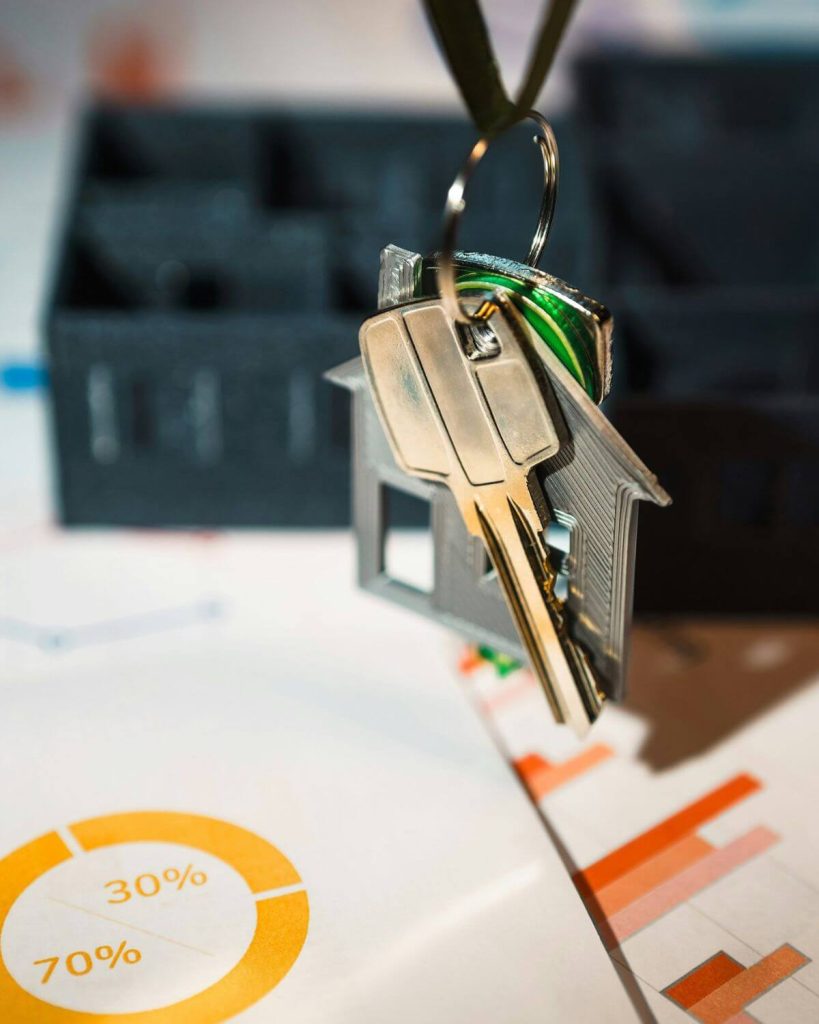I’ve seen many homeowners navigate the twists and turns of home warranties, and I’ll share a crucial tip: these plans can be a real help, covering repairs or replacements for key systems and appliances like your HVAC, plumbing, or refrigerator when they wear out from everyday use. But don’t assume everything’s included. Discover what Home Warranties do NOT cover, including exclusions like outdoor items, cosmetic issues, and pre-existing conditions. Home warranties have exclusions that can lead to unexpected costs if you’re not careful.
Regarding claims resolutions, 49% of policyholders surveyed received a repair, while 39% had an item fully replaced. Another 11% were issued a cash payout instead of a repair or replacement. To protect yourself, always read the fine print of your contract, ask the provider about specific coverage limits, and keep records of maintenance to avoid claim denials. Whether you’re new to homeownership or exploring warranty options, knowing these exclusions is key. By understanding what’s not covered, you can plan wisely, avoid stress, and keep your home running smoothly.
Common Home Warranty Exclusions
Navigating home warranty plans can be tricky, and I’ve seen many homeowners caught off guard by what’s not covered. To help you avoid surprises, here’s a clear breakdown of the most common exclusions in home warranty contracts with specific details to keep you informed.
- Pre-Existing Conditions: Any issue with systems or appliances, like a sputtering air conditioner or a dripping water heater, that existed before your warranty started isn’t covered, even if you didn’t notice it at the time.
- Improper Installation or Maintenance: Repairs are excluded if a system, such as an HVAC wired incorrectly by an unqualified technician, or appliance fails due to neglect, like skipping refrigerator coil cleaning or furnace servicing.
- Cosmetic Flaws: Non-functional issues, like scratches on a stainless steel fridge, dents on a dishwasher door, or chipped paint on an oven, aren’t covered since warranties focus on functionality, not appearance.
- Natural Disasters and External Damage: Damage from events like floods ruining a water heater, earthquakes cracking plumbing, or pests chewing through wiring falls under homeowner’s insurance, not warranties.
- High-End or Commercial-Grade Equipment: Items like a professional chef’s range or a custom-designed HVAC system are often excluded, as warranties are designed for standard residential setups.
- Secondary Issues: Problems caused by a covered item’s failure, such as water damage from a leaking appliance or spoiled groceries from a broken refrigerator, aren’t covered.
- Non-Essential Components: Parts like appliance knobs, handles, or internal shelves are excluded, as warranties prioritize critical functional components.
- Specialty Items: Systems like pools, spas, well pumps, or septic systems are typically not covered unless you’ve purchased specific add-on coverage.
To protect yourself, carefully review your contract’s exclusion section , ask your provider to clarify coverage details, and stay diligent with maintenance to meet warranty requirements.

Technology and Luxury Appliance Limitations
While home warranties are designed to cover major household systems and appliances, many standard plans fall short when it comes to high-end and smart technology. Luxury appliances such as Sub-Zero refrigerators, Viking ranges, Wolf cooktops, and commercial-grade dishwashers are often excluded from coverage or come with limited protection.
These premium appliances typically have more complex components and costlier repairs, which is why most warranty providers require customers to purchase additional coverage or a higher-tier plan to include them. Similarly, smart home devices like Nest thermostats, Ring doorbells, Wi-Fi-enabled ovens, or integrated home automation hubs are not commonly covered unless explicitly listed. Home Warranties do not cover many of these advanced or smart features, and even if a smart appliance is included in your plan, the smart functions themselves (like app connectivity or voice control) may not be covered; only the basic mechanical functions might be.
If your home is equipped with modern, tech-savvy upgrades, it is crucial to read the service contract thoroughly and confirm with the provider which devices and functions are protected. Otherwise, you may find yourself facing costly out-of-pocket repairs for your most sophisticated systems.
Other Situational Exclusions
In addition to standard exclusions, home warranty plans often contain situational exclusions that can catch homeowners off guard. One common example is items still under manufacturer warranty. If an appliance or system fails but is still covered by the original manufacturer’s warranty, the home warranty company typically won’t pay for repairs, since the manufacturer is considered the primary source of coverage.
Another major exclusion involves damage caused by natural disasters such as floods, fires, earthquakes, or power surges. These events fall under the domain of homeowners insurance, not home warranties. Additionally, coverage may be denied if the home is used for commercial purposes or as a rental property without notifying the warranty provider. Many companies require special plans for rentals or non-owner-occupied homes. Understanding these situational exclusions can help you avoid denied claims and ensure that your coverage matches how your home is actually used.

Items Still Under Manufacturer Warranty
Home warranty plans generally do not cover repairs or replacements for items that are still protected under a manufacturer’s warranty. This is because warranty companies consider the manufacturer to be the primary source of coverage during that period. For example, if your new dishwasher breaks down within its first year and it’s still under the manufacturer’s one-year warranty, your home warranty provider will likely deny the claim and refer you to the manufacturer instead.
This rule applies even if the item is listed in your home warranty plan. It’s important to check the status of your appliances and systems before filing a claim to avoid delays or unexpected denials. Keeping records of purchase dates, receipts, and warranty terms can help you determine which type of warranty applies in a given situation and ensure a smoother repair or replacement process.
Conclusion
Understanding what Home Warranties do not cover is just as important as knowing what they do. While these plans offer peace of mind for major home systems and appliances, exclusions like pre-existing conditions, improper installations, cosmetic flaws, and natural disasters can leave you with unexpected repair bills if you’re not prepared. Luxury appliances and smart devices may need extra coverage, and items still under manufacturer warranty are typically not eligible for claims. Situational factors such as renting out your home or experiencing storm damage can also affect your coverage.
One common source of confusion is the difference between home warranties and homeowners insurance. Many people mistakenly believe their warranty will cover things like fire, flooding, or storm damage, which are actually covered by home insurance. A home warranty is designed to handle the repair or replacement of systems and appliances that fail from normal wear and tear, not from accidents or natural disasters.
The key takeaway is this: read your contract carefully, ask your provider clear questions, and stay proactive with maintenance. By staying informed and understanding both your home warranty and your home insurance, you will be better equipped to plan ahead, avoid claim denials, and protect your home investment with confidence.
0 Comments